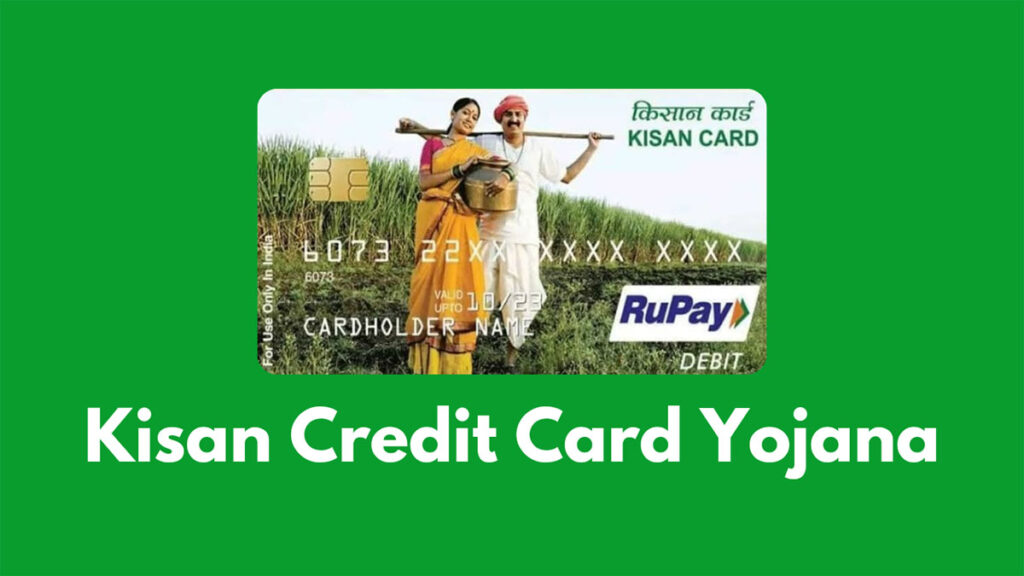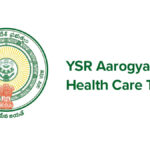In a major boost to India’s agricultural sector, the Kisan Credit Card (KCC) scheme continues to provide much-needed financial support to farmers across the country. This innovative program, launched in 1998, has revolutionized the way farmers access credit, making it easier and more affordable than ever before.
What is the Kisan Credit Card Scheme?
The Kisan Credit Card scheme is a government initiative designed to provide farmers with timely and adequate credit support through a simplified process. It aims to meet various financial needs of farmers, including:
- Short-term credit for crop cultivation
- Post-harvest expenses
- Marketing of produce
- Household consumption
- Maintenance of farm assets
- Investment in agriculture and allied activities
Key Features and Benefits
The KCC scheme offers several advantages to farmers:
Low Interest Rates: KCC loans come with interest rates as low as 2-4% per year, making them much more affordable than traditional loans.
High Credit Limits: Farmers can access loans up to Rs. 3 lakh, providing ample financial support for their agricultural needs.
Flexible Repayment: The repayment schedule is aligned with the harvesting and marketing periods of crops, making it easier for farmers to manage their finances.
Collateral-Free Loans: For loans up to Rs. 1.60 lakh, no collateral is required, reducing the burden on farmers.
Insurance Coverage: The scheme includes crop insurance and personal accident insurance, offering additional protection to farmers.
Revolving Credit Facility: KCC operates as a revolving credit account, allowing farmers to withdraw and repay funds as needed.
Eligibility and Application Process
The KCC scheme is open to a wide range of agricultural workers:
- Individual farmers (owners and cultivators)
- Sharecroppers and tenant farmers
- Self-help groups (SHGs) and joint liability groups (JLGs)
- Farmers involved in animal husbandry and fisheries
To apply for a Kisan Credit Card, farmers need to follow these steps:
- Visit a participating bank or financial institution
- Fill out the KCC application form
- Submit required documents (ID proof, address proof, land documents, etc.)
- The bank will process the application and set a credit limit
- Once approved, the farmer receives their Kisan Credit Card
Recent Developments and Future Outlook
The KCC scheme has seen significant growth and improvements in recent years:
- As of January 31, 2024, banks have issued 7.5 crore KCCs with a total credit limit of Rs. 9.4 lakh crore.
- The government is considering increasing the KCC loan limits to keep pace with rising agricultural costs.
- There are plans to expand the scheme to include more tenant farmers and allied agricultural activities.
- The Reserve Bank of India (RBI) has extended the Modified Interest Subvention Scheme (MISS) for short-term loans, further benefiting KCC holders.
Impact on Indian Agriculture
The Kisan Credit Card scheme has had a significant positive impact on India’s agricultural sector:
Increased Credit Access: The scheme has made it much easier for farmers to access formal credit, reducing their reliance on informal moneylenders.
Boosted Agricultural Production: With better access to credit, farmers can invest in quality inputs and modern farming techniques, leading to increased productivity.
Financial Inclusion: KCC has brought millions of farmers into the formal banking system, promoting financial literacy and inclusion.
Support During Crises: The flexible nature of KCC loans has helped farmers weather natural calamities and market fluctuations more effectively.
Conclusion
The Kisan Credit Card scheme has emerged as a game-changer for India’s agricultural sector. By providing easy access to affordable credit, it has empowered millions of farmers to improve their productivity and livelihoods. As the scheme continues to evolve and expand, it promises to play an even more crucial role in the growth and modernization of Indian agriculture.






